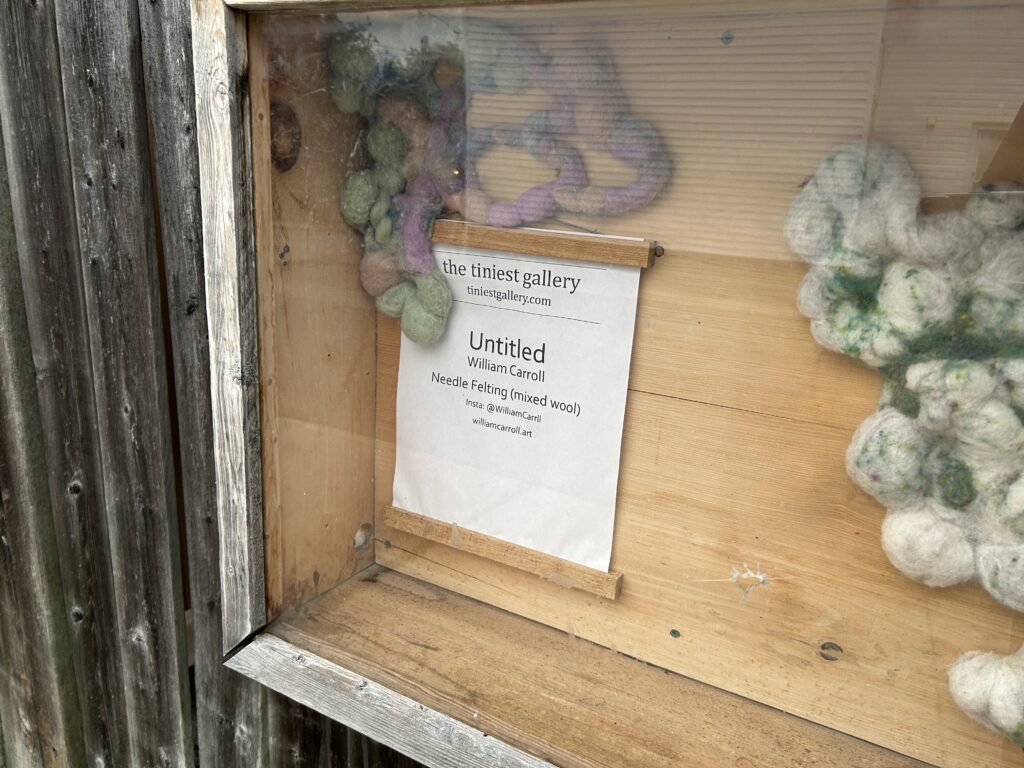
Tiniest Gallery: Evolution
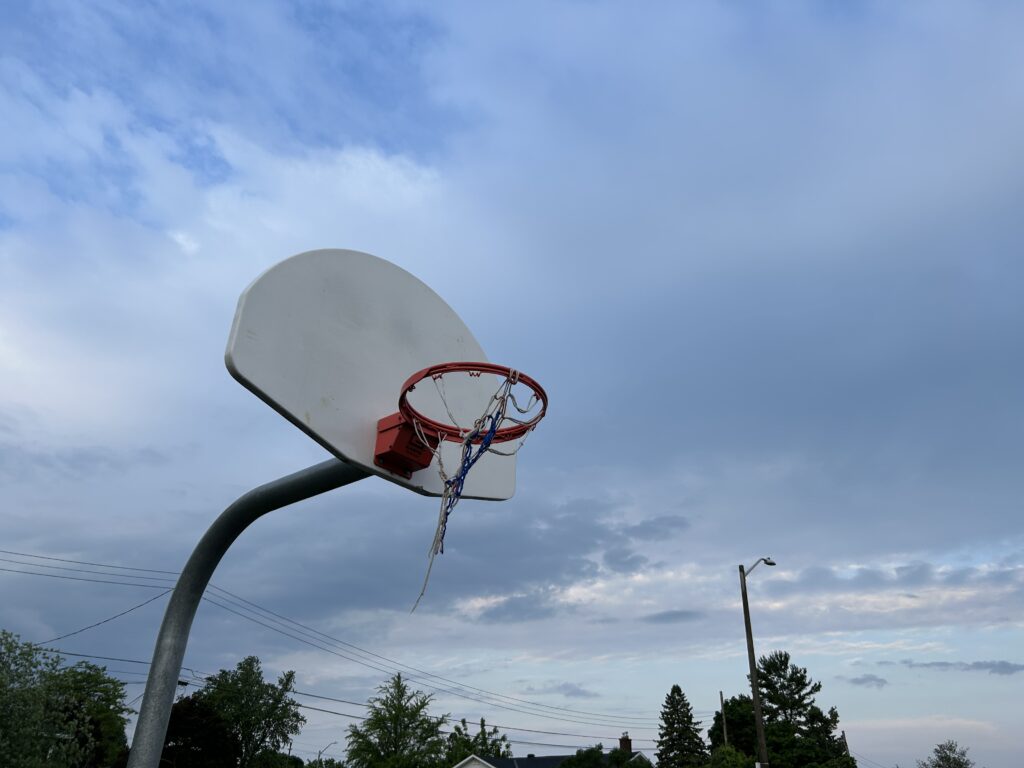
Raggedy Dunk

Service Berry

I Guess The Youth Are Limited After All
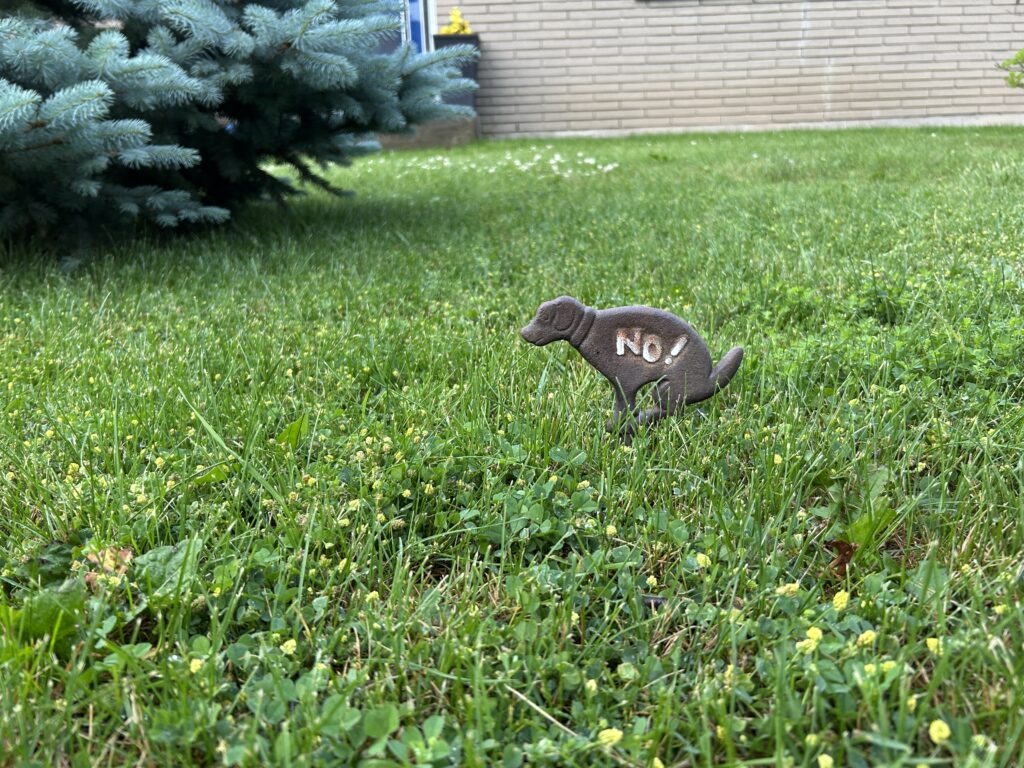
I Don’t Want To Break It To The Lady Who Lives In This House But Dogs Can’t Read
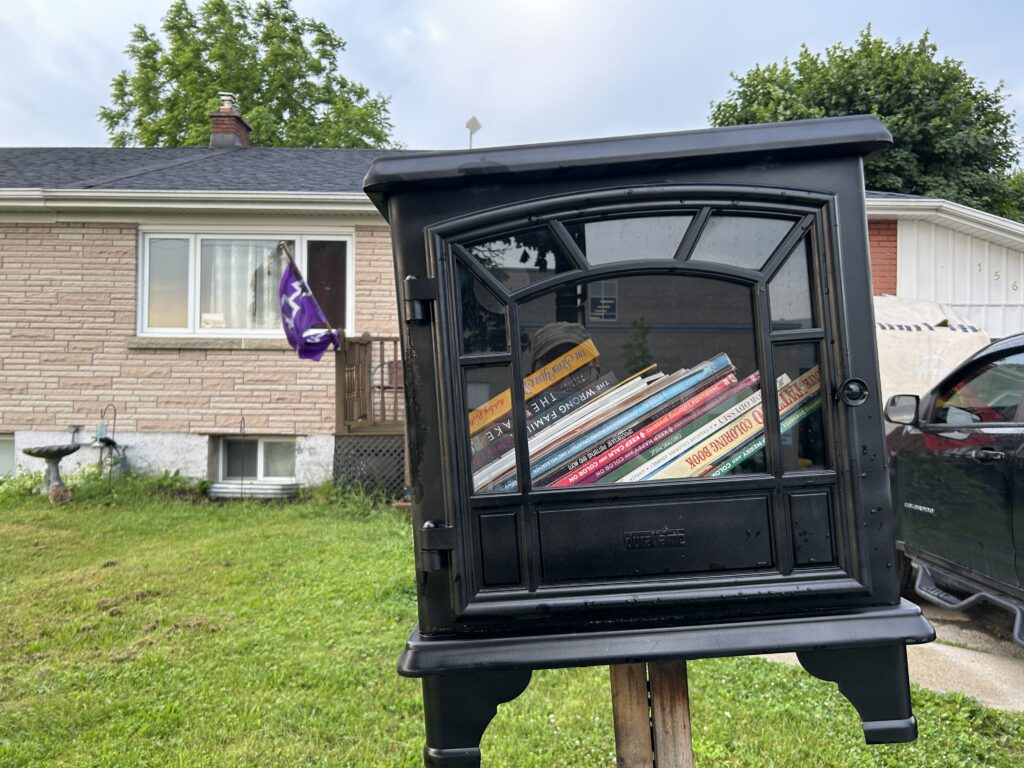
Not A Book Store, A Book Stove

Kingston Has Great Trails

Tiniest Gallery: Evolution

Raggedy Dunk

Service Berry

I Guess The Youth Are Limited After All

I Don’t Want To Break It To The Lady Who Lives In This House But Dogs Can’t Read

Not A Book Store, A Book Stove

Kingston Has Great Trails

One Love

Stanchions

Tower Power

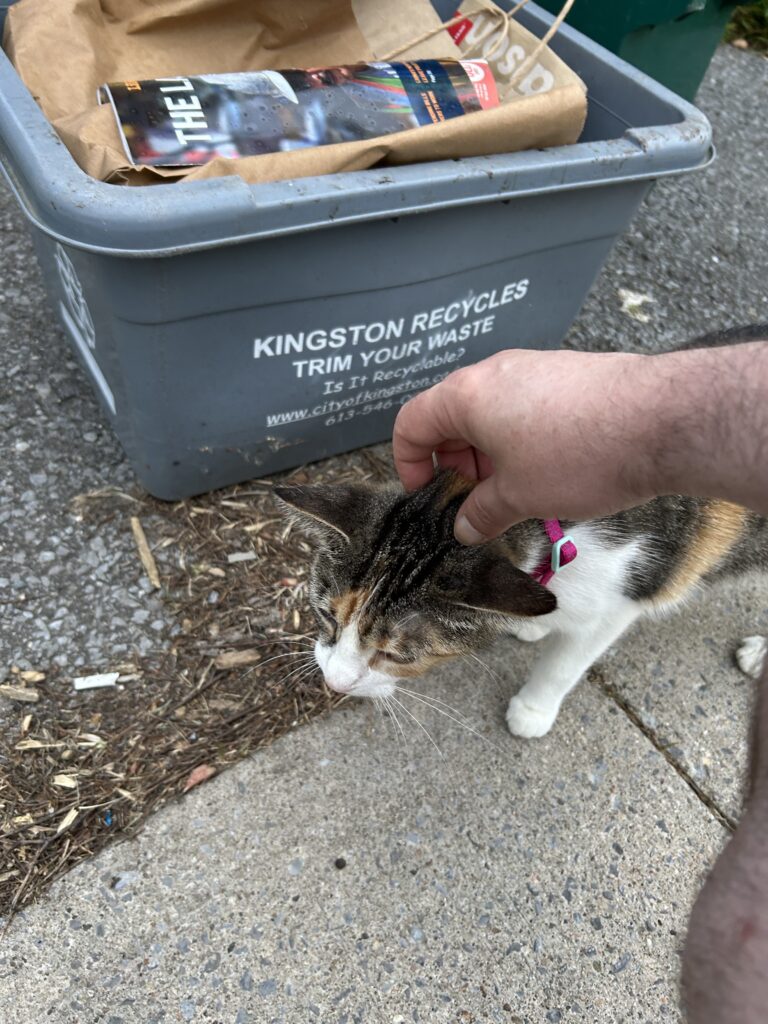
My New Friend, Tracey Barista

Quick Sew


Whole Lotta Vines (1-2)

My Wife Told Me What Kind Of Flower This Is But I Have Already Forgotten, Some Things Stick and Others Don’t I Guess

Franklin “Flip” Flanagan, last of the boxing lineage the Fightin’ Fencepost Flanagans.

Holiday hangover

As a Queen’s employee I am contractually obliged to point out tricolour when I see it occurring naturally, sorry

Sinister Door

Lawn Lion

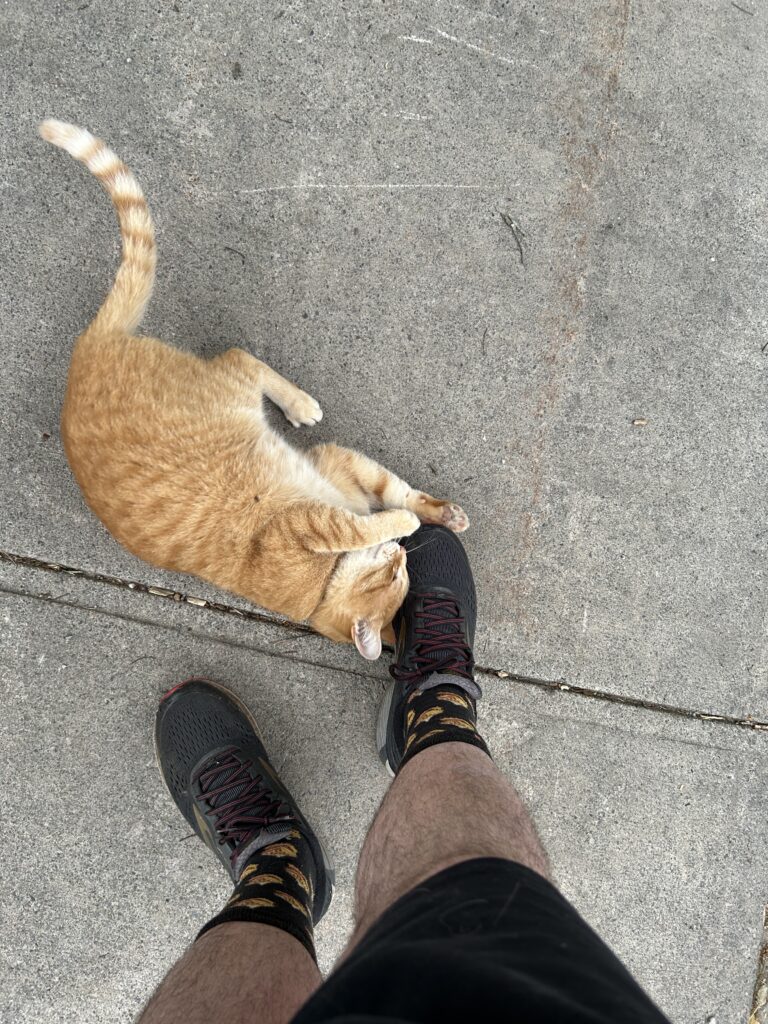
My New Pal, Spiff Tenderloin. Fun fact: I know all cats’ true names upon meeting them or shortly after. Whatever this cat’s human thinks it is named… it is Spiff Tenderloin.
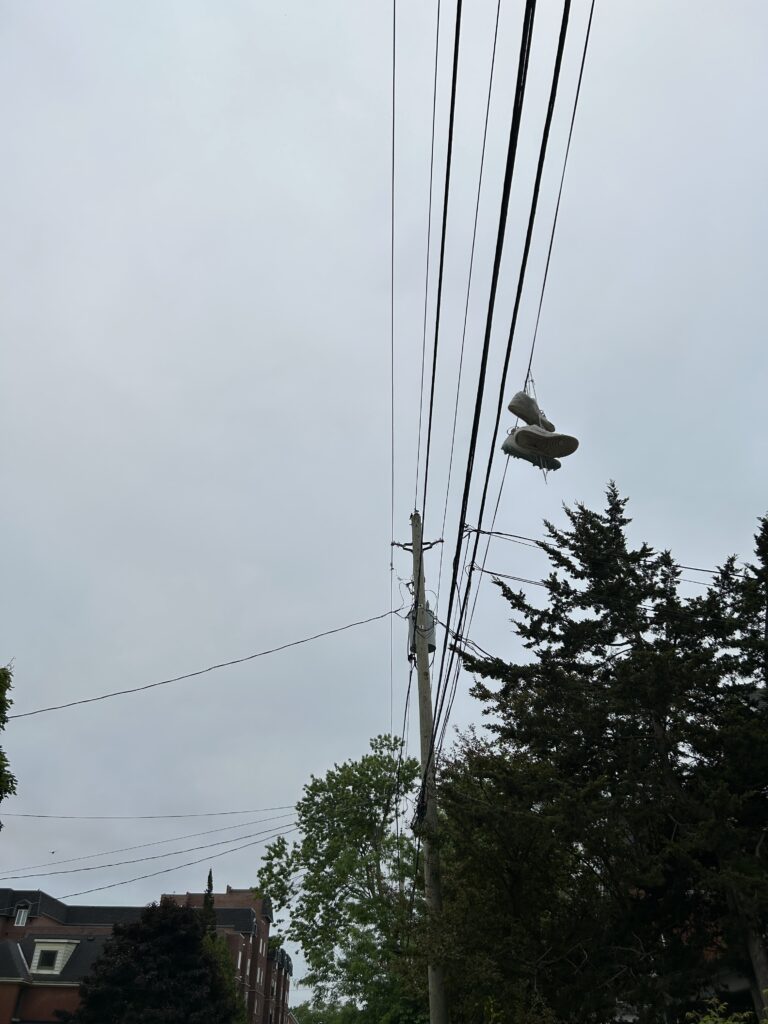
Hangin’ shoes. I don’t know why I photograph these.
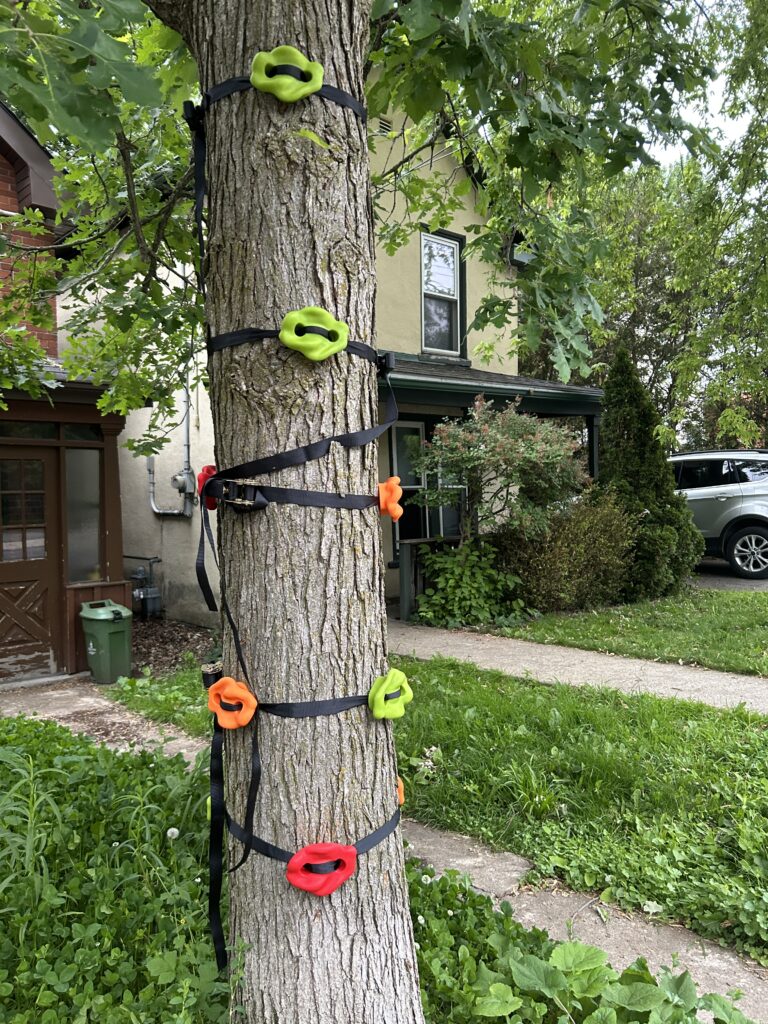
Rock Climbing Tree

Hidden Sculpture

Sidewalk Snail

They Say Some Of These Little Libraries Are Kind Of Right-Leaning But I Don’t Know If I Buy It

Dead tree / haunted lantern
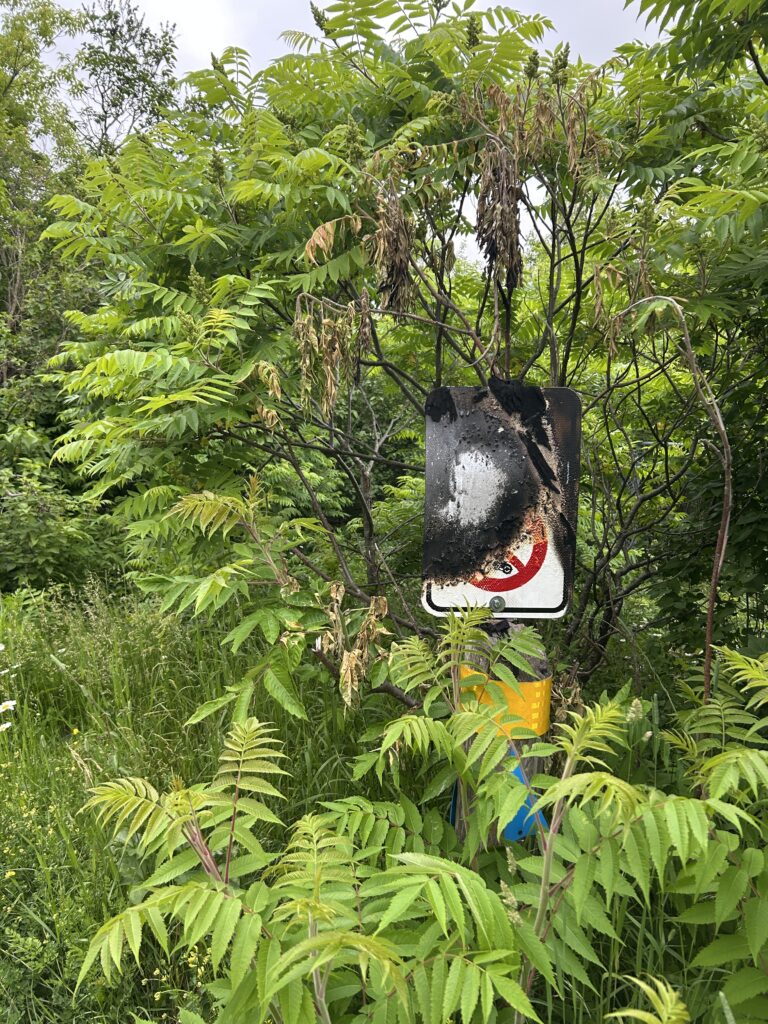
Flamed Sign

Red Gate

Window Saint

Nice Doors

Dawn at the New Garden

Inspiring Poem / Your A Goof

Tree Hats

Pretty Flowers
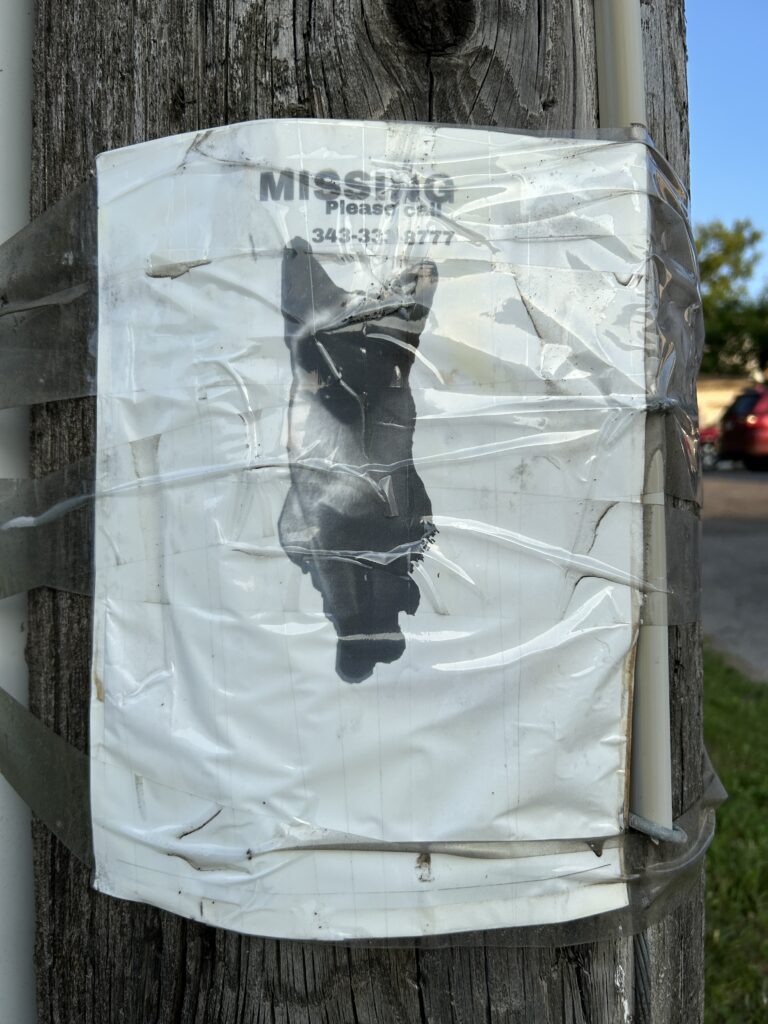
Minimalist Missing Cat
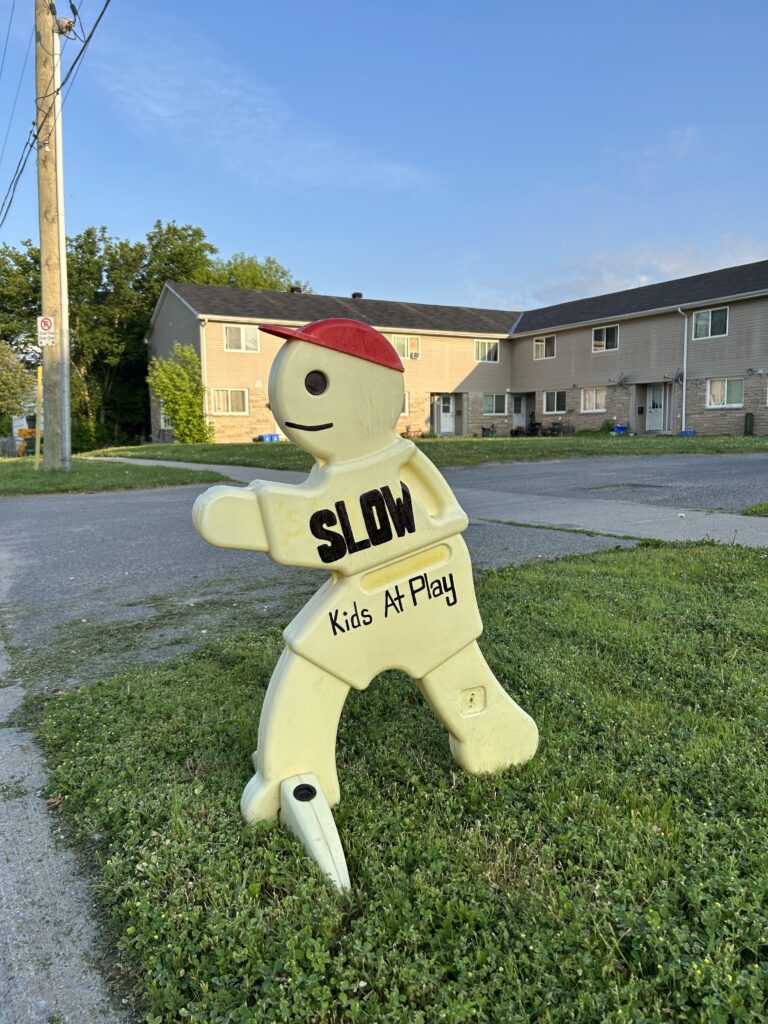
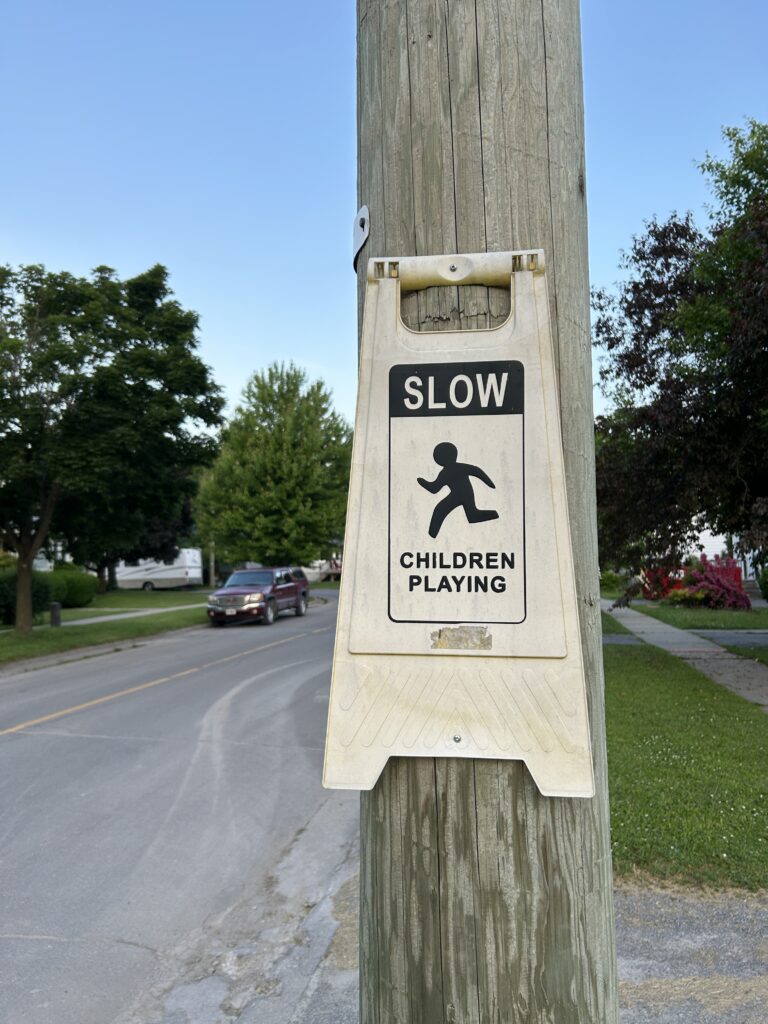
Jesus Can’t You Just Let These Children Play Without Belittling Their Intelligence (Parts 1 and 2)

Brick Christ

Rainy Statuary

Little House on the Lawn

Dutch Zombie Children Welcome You

Free Books, Free Ants

A Little Park But Wait It’s Not For You, Poor Person


Contrasting Footpaths

Cool-Ass Little Seed Library
The list of resources for local residents on this site continues to grow with a new page on newsletters you can subscribe to from local community organizations and businesses.
Also added to the Kingston drop-down menu.
I continue to be fascinated — maybe uniquely so? — by puffery. Probably because of the marketing background, but the notion that being untruthful is okay if the lie is extravagant enough that a layperson wouldn’t believe it 1my own words; I’m working on a set of definitions in case law, which will be interesting (to me, anyway). is not only intriguing, but I’d argue in some ways necessary to modern advertising.
At the far end, it makes perfect sense. If you watch an ad for Skittles and a unicorn touches a couch with its horn and the couch turns to Skittles, it would be preposterous for somebody to sue the Skittles people if a furniture-transforming unicorn fails to appear when they open a pack.
But at the other end of the spectrum, there’s a line past which the grey starts shading into black, and judges are making very nuanced decisions based on, I’d argue, very little guidance. Looking at CanLII, the word ‘puffery’ has been used a lot in court decisions in the last few years, with subtypes of puffery including…
Nothing substantial here today, but a bit of a placeholder to remind myself that I’d like to unpack this a bit more.

As reported by Law360, CanLII is filing suit against the Caseway AI chatbot over allegations of a mass scrape of CanLII’s content.
I’m a big CanLII fan. I use it all the time, including on multiple blog posts on this site, and recorded a podcast episode about it some time ago. It’s a phenomenal resource.
There are a few things that will be unpacked here, in the courts or otherwise.
CanLII’s main claim to fame isn’t original content, but being a central resource that consolidates legal decisions in Canada.
That said, the very first point in the Statement of Facts, per CanLII, is
This would be tricky to defend on copyright grounds. The Supreme Court has upheld copyright in “headnotes, case summary, topical index and compilation of reported judicial decisions” in the past.1CCH Canadian Ltd. v. Law Society of Upper Canada, [2004] 1 S.C.R. 339, 2004 SCC 13 Broadly speaking, most of what CanLII does isn’t original work.
But some of it is! From the Statement of Facts, 18(i) CanLII:
summariz[es] court decisions and generating an original analysis containing case facts, procedural history, parties’ submissions, legal issues, disposition, and reasons for judgment, with links to the pertinent paragraph numbers within the body of the corresponding decision;
This clearly aligns with the SCC decision above, and if it’s found that Clearway included and used the original works in their scrapes, that’s not great for them.
What’s really interesting is that CanLII is approaching this as a breach of contract, via the Terms of Use for the website. It feels, to my eyes, like they know the copyright case is inherently a bit shaky, and the clearer path is to reinforce the copyright infringement claim with the breach of contract.
This distinguishes CanLII from other high-profile lawsuits against AI by creators claiming copyright violation. Sarah Silverman, for instance, doesn’t have terms of use. (I’m sure Sarah Silverman could make a great and filthy joke about her “terms of use,” but I digress.)
The TOS tack is novel, to my knowledge.
Caseway’s counter-arguments to CanLII’s claims are, well, kinda stupid. Per the Law360 article:
“Our AI is built to pull and analyze unaltered court documents directly from public sources, ensuring compliance with copyright and intellectual property laws. CanLII’s attempt to restrict us from using their data is essentially moot, as we’re already avoiding it,” [Alistair Vigier, co-founder of Caseway AI] said in a statement.
But… Caseway did. Whether or not the documents are publicly accessible doesn’t alter the fact that they pulled them from CanLII.
And
He added that he had never seen or accepted CanLII’s terms of service and noted that Caseway does not incorporate CanLII’s works in any way that masks, frames, or misrepresents their origin.
Yeah, nobody ever reads those things, huh? That doesn’t mean they don’t exist (digging in the crates again, I did a fun podcast episode several years ago with Peter Kissick about the contracts nobody reads). But they’re there. Ignore them at your peril.
Vigier noted that an injunction restricting Caseway from using CanLII’s data would not impact its operations as it is not using any CanLII data in its system.
Whether or not they’re presently using the data is again immaterial to whether or not they violated the TOS and copyright of CanLII.
I’m looking forward to seeing how this plays out. Hopefully not an out of court settlement; there are some nuances around the value of categorization and analysis that seem to fall under the SCC threshold established in CCH that could be interesting to see threshed out in court.
And the recursive loop of looking all this up in CanLII will be fun.
This took a long time to do! And I suspect will take a bit of effort to maintain over time.
The biggest issue being to create the table with icons, it wound up being necessary to pull the table out as HTML, manually insert the Font-Awesome icon codes, and then update the table manually every time I wanted to add a line with the icons.
Compounded by the fact that I’m an idiot, and thought that doing a find-and-replace at the code level for “Street,” St.,” etc. to “St,” and “Road,” “Rd.”, etc. as “Rd” was a good idea. But I had RegEx turned on, so when I replaced “St.” and Rd.” every string with St* and with Rd* was replaced, including the word “Kingston,” strings like “Bistro,” and so on — including their URLs. But by the time I noticed it was too late to undo. So half my time on the table was spent fixing those mistakes.
Ultimately, I’d prefer to live in a world where chain restaurants are rare, Facebook is extinct, and people curate local information without being reliant on algorithm driven search. I use Google Sheets and Google MyMaps for this, so I’m not angling to make this some sort of weird purity test — but I’m hoping to use those tools to make people less reliant on Google’s primary product, and do a small bit to eradicate Facebook/Meta.